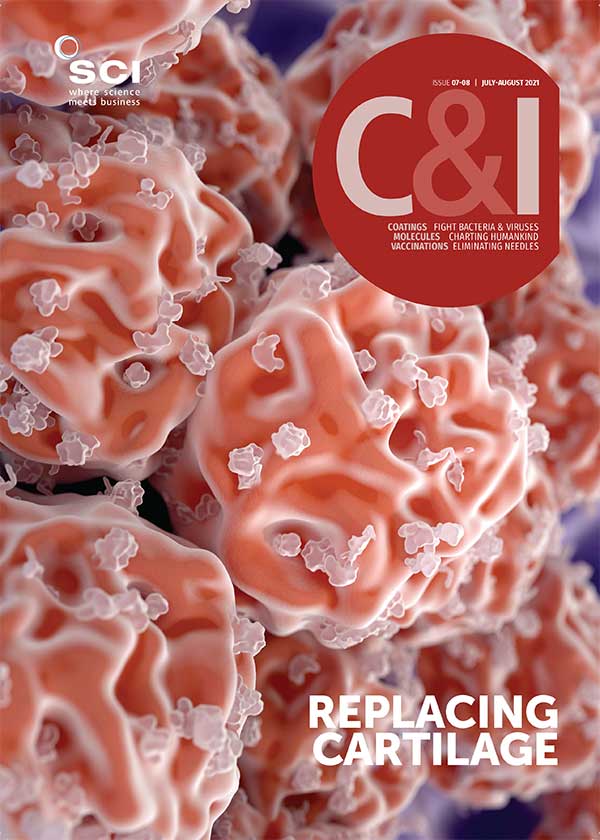MARIA BURKE
New administrative changes will put science and technology ‘at the heart of government,’ UK Prime Minister Boris Johnson has announced.
He will chair a new National Science and Technology Council (NSTC). The Chief Scientific Adviser (CSA) will oversee a new Office for Science and Technology Strategy (OSTS) to be based in the Cabinet Office. CSA Patrick Vallance will also take up the new role of National Technology Adviser. But what impact will they have on the science base?
The NSTC’s stated role is to provide strategic direction on the use of science and technology. The OSTS will ‘drive forward the strategy of Whitehall’s science and technology priorities from the centre’. One of its first tasks will be to review which technology proposals the UK should back.
Both new bodies reinforce the place of research at the heart of government, says Adrian Smith, President of the Royal Society. ‘Allied to the commitment to increase investment, this shows real belief in the ability of science and innovation to drive forward our economy and society.’
‘The Prime Minister’s personal authority in advancing UK science is powerful and may well be the stimulus needed to create coherent cross-departmental action in pursuit of solutions to long-standing problems such as cancer and climate change,’ says Sarah Main, Executive Director of the Campaign for Science and Engineering (CaSE). She welcomes ‘the intent to energise the whole of government’ but points out that it is vital for ‘discovery science, undirected by government’ to remain part of a broad science base.
‘Whether the NSTC will be just another ministerial committee or not depends on how seriously the ministers decide to treat it, and, most of all, how seriously the PM takes his chairing role,’ says Kieron Flanagan, Senior Lecturer in Science and Technology Policy at the Manchester Institute of Innovation Research. ‘There have been cabinet committees for science and technology before, but the new grand title does at least hold out some promise of a new seriousness about this agenda.’ But he is unsure how the NSTC relates to the existing Council for Science and Technology (CST), made up of external experts and co-chaired by the CSA.
The NSTC could help coordinate and prioritise departmental R&D spending, but the role of the new OSTS is still ‘fuzzy’, comments James Wilsdon, digital science professor of research policy at the University of Sheffield. ‘Where will they draw the lines between the OSTS and the Government Office for Science, Department for Business Energy and Industry Strategy, UK Research and Innovation, CST and the new Advanced Research and Invention Agency? I think the idea is that it acts as a central coordinating node and brain, drawing on intelligence and insight from all of these.’
At the same time as these announcements, the government said it would invest £50m to ‘upgrade’ research and innovation infrastructure through projects including a national Digital Research Infrastructure; a study into developing carbon capture and storage on an industrial scale; and a state-of-the-art atmospheric science research laboratory.
The government is currently investing £14.9bn in R&D in 2021-22, the highest level in real terms for four decades. It plans to increase this to £22bn/year by 2024-25.
However, ‘given that R&D spend as a percentage of GDP has barely budged for decades, the government needs to do substantially more [to hit 2.4% of GDP],’ says Mark Smith, who specialises in R&D Incentives and grants at consultancy Ayming. ‘It should put R&D and innovation at the heart of policy, eg change procurement rules from lowest cost wins to those that prioritise more innovative and value-adding options.’ While he approves of the selected infrastructure projects, he would prefer the government stops picking winners and focuses on creating the environment for innovation to flourish.
Flanagan expects the growth in spending to £22bn will come from re-prioritising the R&D budgets of government departments, such as the Ministries of Defence and Transport. ‘This kind of research has traditionally been an important part of the UK science base but has eroded over the last few decades in the face of public spending pressures. The problem is this spending would be controlled by these departments and would be vulnerable to future cuts. Another way to uplift R&D spending might be to launch new priority programmes in areas identified by OSTS but administered by UKRI, and outside the Science Budget.’ He predicts a mix of these two things, with some modest Science Budget increases as well.
Meanwhile, Science Europe, which brings together national research organisations in Europe, has published a new roadmap strategy for the next five years. It has three priorities: shaping European research policy; contributing to the evolution of research culture (such as starting a reappraisal of institutional approaches and values); and strengthening the role and contribution of science in tackling societal challenges.
‘Both curiosity-driven and challenge-oriented approaches are required, and the role of the social sciences and humanities needs to be better considered,’ says Marc Schiltz, President of Science Europe and CEO of the National Research Fund of Luxembourg.





